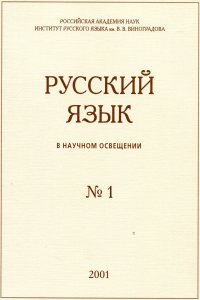The Gospel on the icon as a witness to the Bible tradition in Old Rus’
Abstract:
We still know very little about the rules and sources according to which the biblical text
was reproduced in medieval icon painting. Were there really any general rules for citing the
Bible by icon painters? This article is a case study of the image of the Gospel text on the wellknown
icon "The Savior enthroned, with selected saints" from Kresttsy, Novgorod province
(late 13th – early 14th centuries; State Tretyakov Gallery). In the article, the reading of the
icon version has been re-verified. In addition to “common spelling” (bytovoye pis’mo), one of
its peculiarities is a dialectal feature that is rarely recorded in Novgorod monuments: the replacement
of ѧ with ѣ (in the participle xodě), probably a reflection of the archaic pronunciation
of *ě as an open front vowel [ä]. A peculiar citation of the Gospel verse Io. 8:12 – with
xoditi (ne imat’) instead of ne imat’ xoditi – does not find an exact parallel in the manuscripts
and makes this icon an important witness to the transmission of the Slavonic Bible outside the
manuscript tradition. Both this individual variation of the text and the occasional vernacularization
of the Church Slavonic are sometimes manifested when quoting biblical texts not only
on icons, but also on church frescoes and in the birch-bark literacy and thus seem to characterize
the non-book transmission of the Bible in general.


